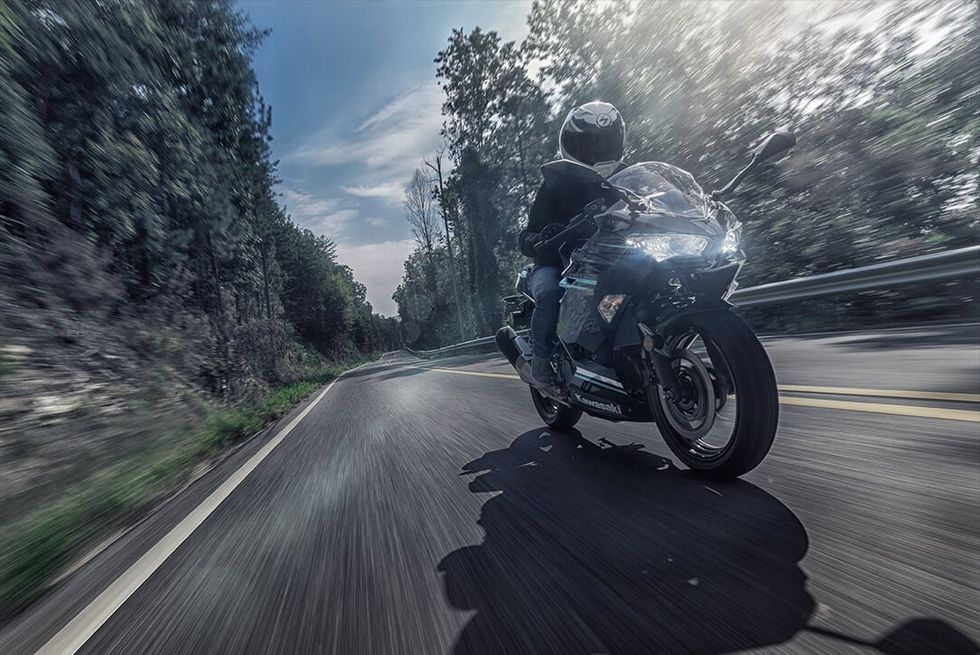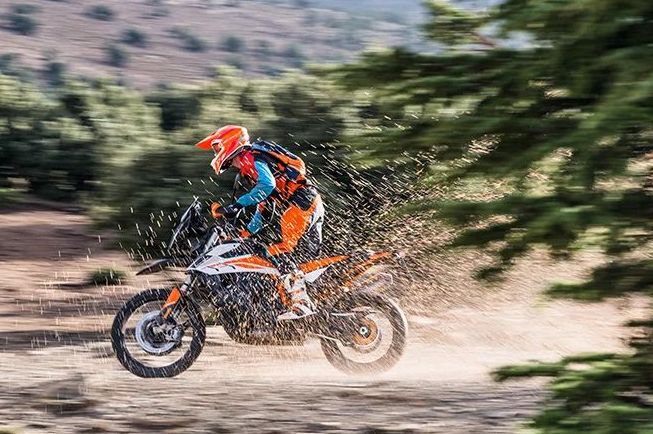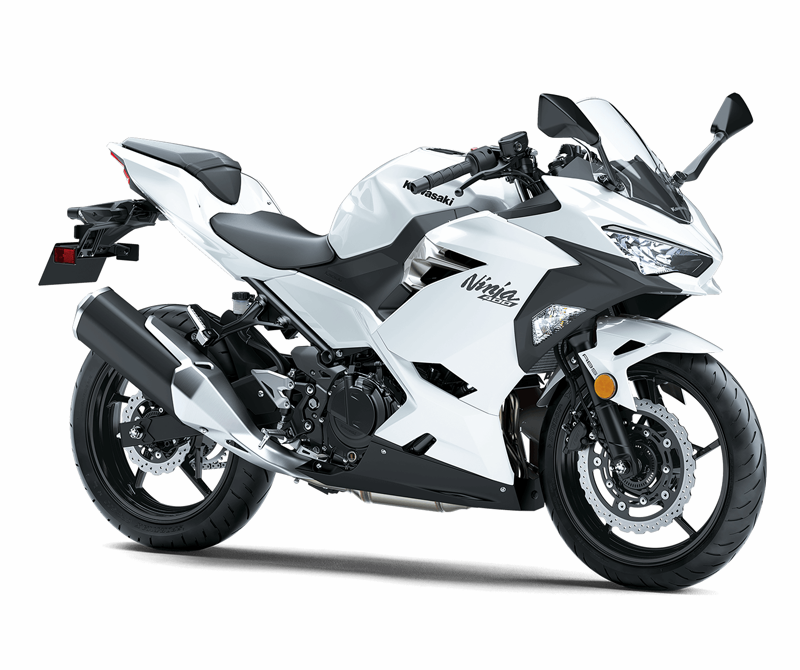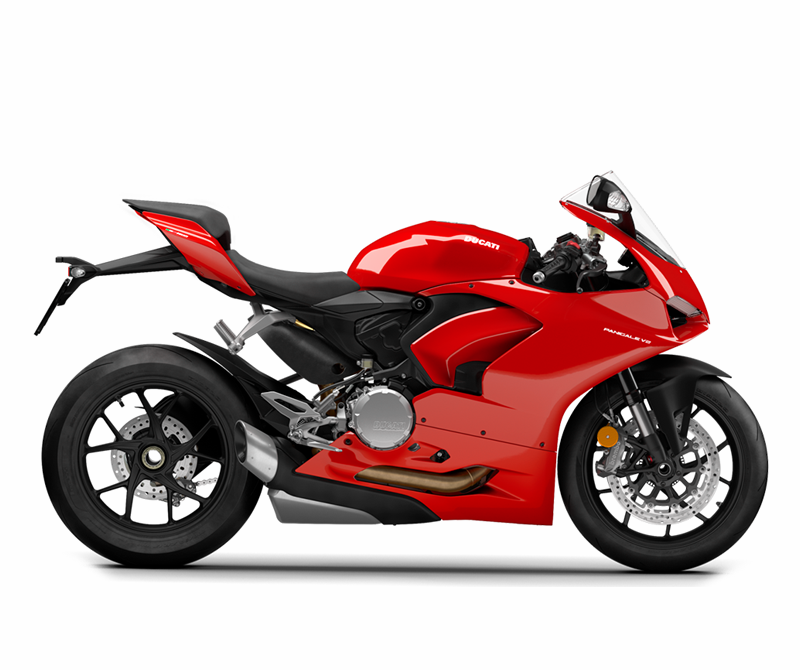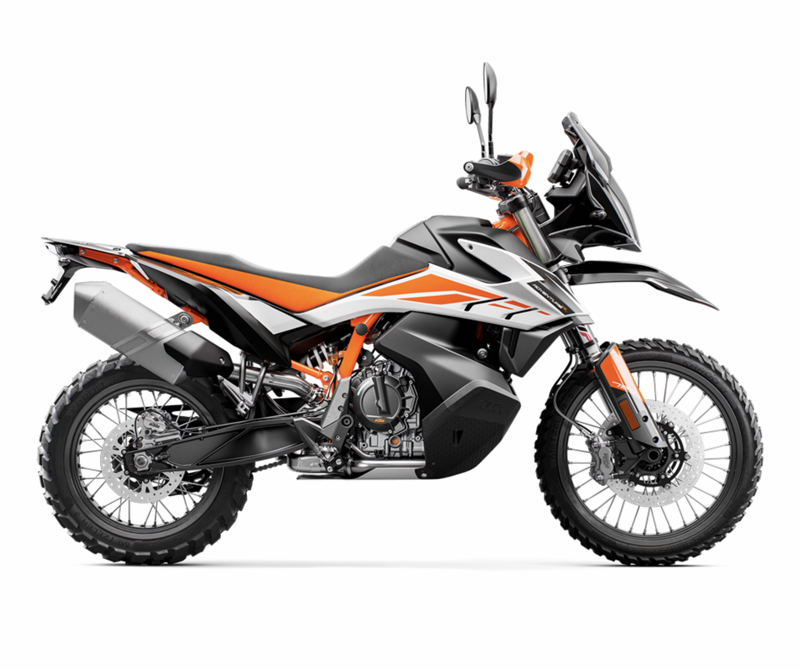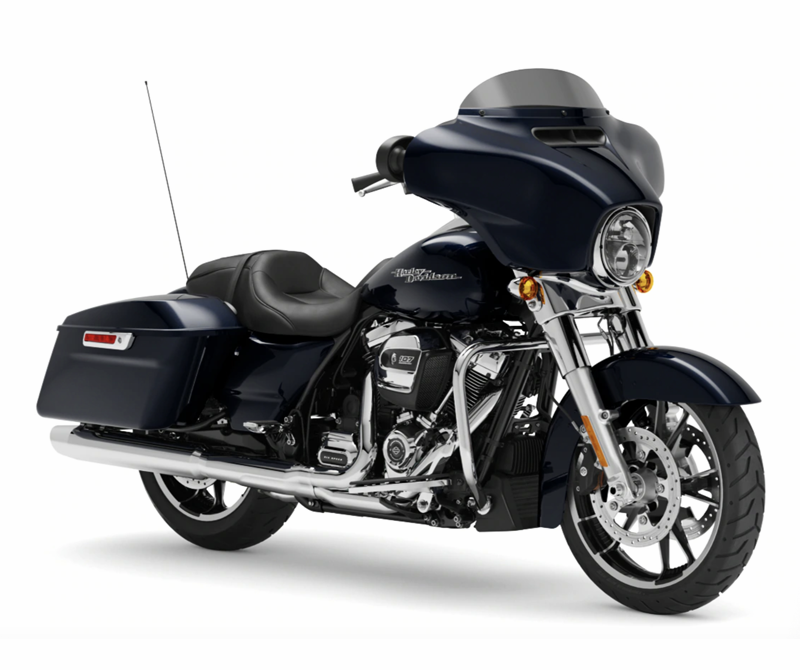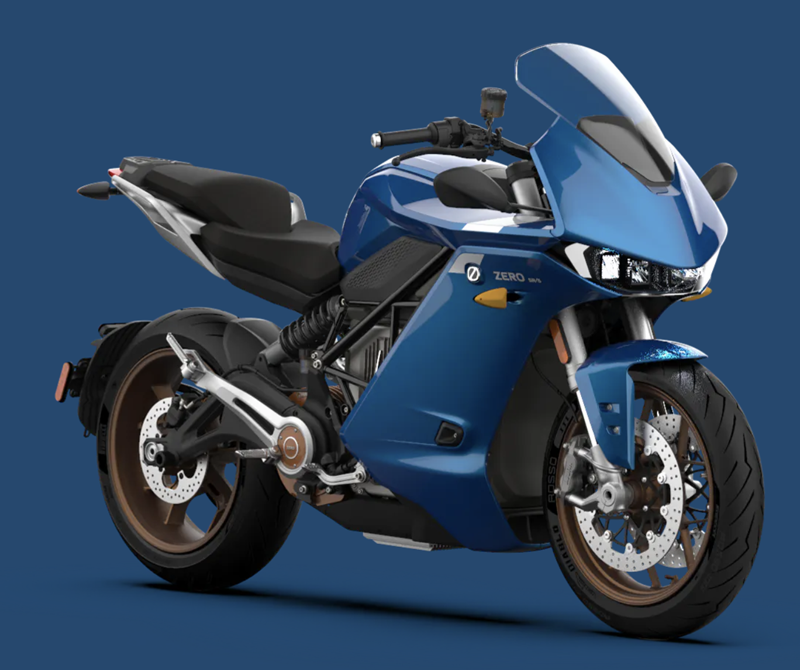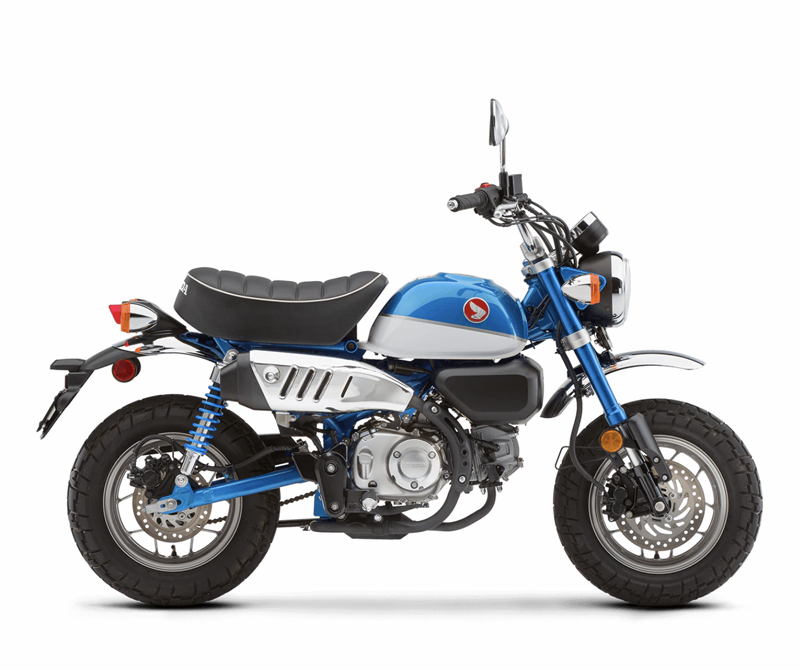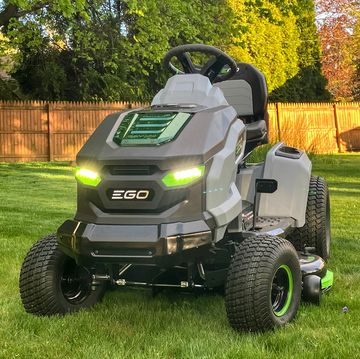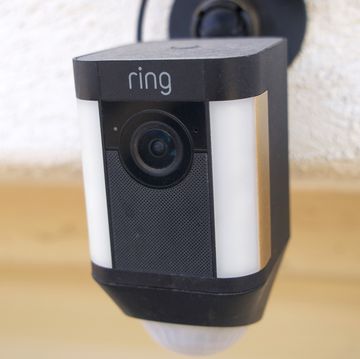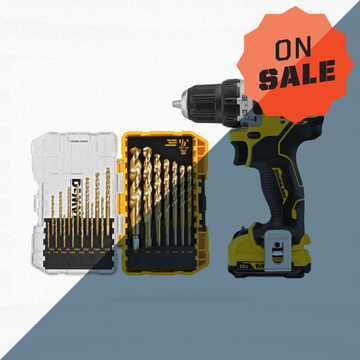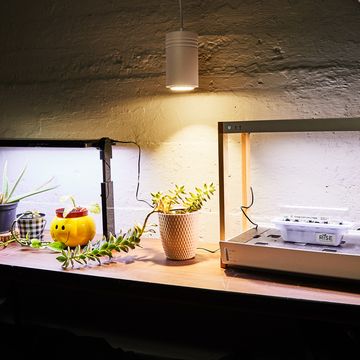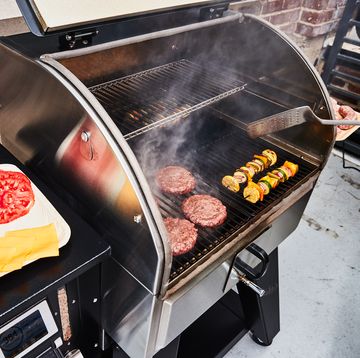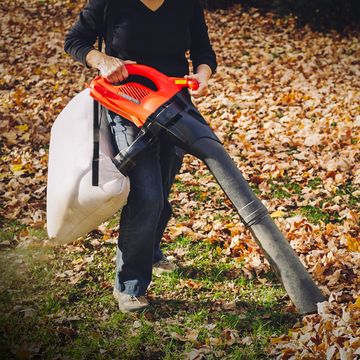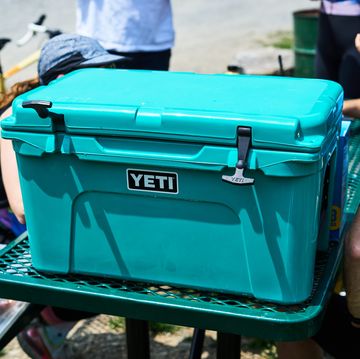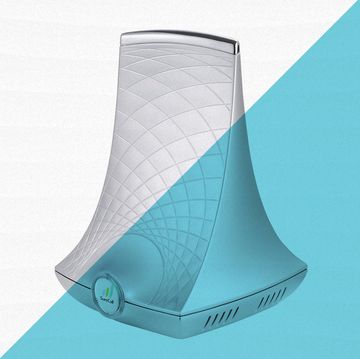The 7 Best Motorcycles to Ride This Year
Based on more than a decade of riding and professional research, these are the motorcycles we’d buy.
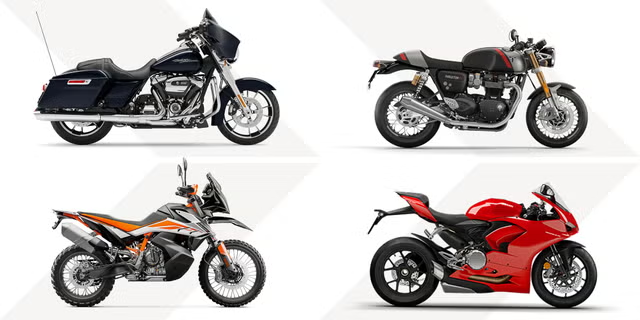
Gear-obsessed editors choose every product we review. We may earn commission if you buy from a link. Why Trust Us?
Editor’s Note: A motorcycle is a good way to travel without risking exposing yourself or others to COVID-19. But riding is more dangerous than driving, which means every time we put on our leathers, we might need help from a doctor or EMT. Before you ride, check whether your area's hospitals have recovered from recent outbreaks and can save you after a tank-slapper.
The last few years have been an unusually good time to buy a motorcycle. Starting after the 2008 recession, manufacturers increased their efforts to earn new customers and replace the riders who are aging out of ownership. That economic pressure has resulted in affordable, practical, and wonderfully strange new designs. In 2020, that means high-tech safety features such as traction control and even clothing that deploys personal airbags. It means keyless start/stop, transmissions that can predict and prevent you from stalling, and enough options to make choosing an electric motorcycle kind of difficult. Read on for advice on buying your own and reviews of the best rigs out there today.
Best Motorcycles
- Best for Beginners: Kawasaki Ninja 400
- Best Standard/Retro: Triumph Thruxton RS
- Best Superbike: Ducati Panigale V2
- Best Adventure (ADV): KTM 790 Adventure R
- Best Cruiser: Harley-Davidson Street Glide
- Best Electric: Zero SR/S
- Best Mini: Honda Monkey
Methodology
Assuming that brand loyalty isn’t a factor, the most efficient path to finding the right motorcycle is to start with where and how you will be riding. This is why almost every manufacturer produces at least one model of each genre of bike. Ducati, for example, has an off-road capable city motorcycle (the Scrambler), a race-grade superbike (Panigale V4R), a cruiser (Diavel), an ergonomic adventure bike (Multistrada), and even an electric mountain bike (E-MTB). Once you have a sense of which type of bike will best serve your uses, you can start comparing within that type, which is what we’ve done here.
How Fast?
A motorcycle’s acceleration and top speed are often considered in terms of displacement, or cubic centimeters (250 cc, 600 cc, 1,000 cc). This refers to the volume of air and fuel all the cylinders can draw in and explode to create power. Nimble, off-road capable dual-sports and learner bikes are usually around 250 to 400 cc. Mid-range, retro-style, do-anything bikes that are fun on backroads and comfortable on highways start at 650 cc and can go up to 900 cc. Dangerously fast superbikes, upright adventure (ADV) motorcycles, and Sons of Anarchy cruisers are usually 1,000 cc or more.
We don’t say this often, but more power isn’t always better. Most of the time, it’s more fun to push a smaller motorcycle to its limit than to use only a sliver of a race replica superbike’s potential. Be honest about your skill level and riding style, and you’ll be happier with your purchase.
As Editor in Chief, Alexander oversees all of Popular Mechanics’ editorial coverage across digital, print, and video. He has been a science and technology journalist for over 10 years and holds a Master of Arts degree from the Columbia University Graduate School of Journalism. He was previously Technology Editor for Popular Mechanics and before that, a contributor to publications including the Wall Street Journal, Wired, Outside, and was a product tester and reviewer for The Wirecutter. He has been called on to appear on live and taped broadcast programs including Today and programs on MSNBC. He lives in Pennsylvania and rides a 2012 Triumph Street Triple R motorcycle.
Watch Next

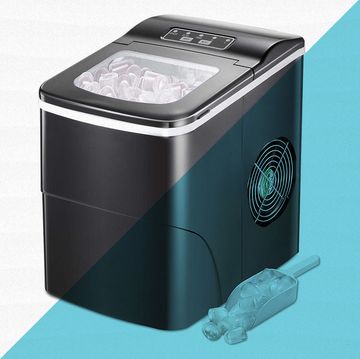
The Best Countertop Ice Makers of 2024
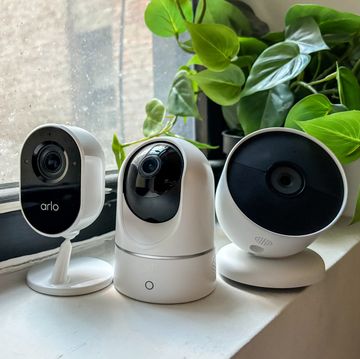
The Best Indoor Security Cameras for Peace of Mind
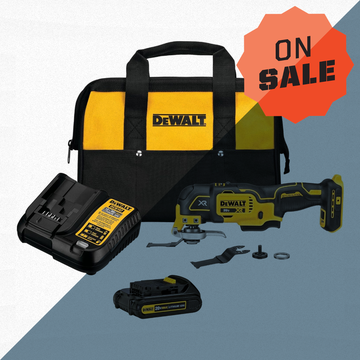
Save 56% on This DeWalt Oscillating Tool at Amazon
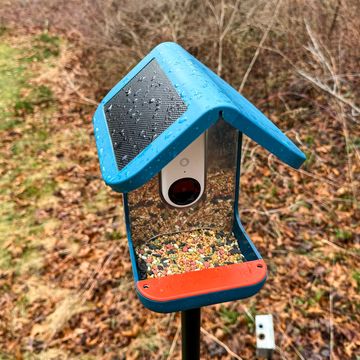
The 4 Best Smart Bird Feeders for Your Backyard
